In the last couple of years, Buy Now, Pay Later (BNPL) has gone from strength to strength with an even more significant growth trajectory in recent months. From Block’s acquisition of AfterPay to a new physical card announcement from major player Klarna just last week, BNPL is back in sharp focus leading me to bring you a much due update.
Since its inception, RFI Global has been tracking awareness and usage of BNPL, both as a category and by brand across markets such as the US, Australia, New Zealand and the UK enabling us to build a detailed picture of the market and its evolution. And what an evolution it’s been. As of Nov-21 40% of consumers surveyed in Australia have used BNPL, a significant increase year on year (up from 29%). In both Hong Kong and Singapore, Atome has seen significant growth in awareness- increasing from 19% in May 2021 to 33% in October 2021 in Hong Kong and from 25% to 38% in Singapore over the same period – RFI Global Research. Begging the question with such rapid acceleration and expansion across global markets, has BNPL hit its peak? Is there still room for new or smaller entrants?
As of Nov-21 40% of consumers surveyed in Australia have used BNPL, a significant increase year on year (up from 29%) In both Hong Kong and Singapore, Atome has seen significant growth in awareness- increasing from 19% in May 2021 to 33% in October 2021 in Hong Kong and from 25% to 38% in Singapore over the same period – RFI Global Research
Recent history was all about growth
The last two years have been all about growth. Many countries saw BNPL debut and consumer uptake around the world was significant. 2020 and 2021 saw a Cambrian explosion of BNPL brands across the globe, from fintechs and new brands to established payments providers and major banks. These were the times when it seemed that if there wasn’t a new brand launching a BNPL service, there was a brand new market opening up to BNPL for the first time.
Selected BNPL Providers Around the Globe

Source: FT Partners
With so much attention from competitors, marketing became ubiquitous and consumers signed up in droves over the 2019-2021 period. Usage reached 18% in the UK, 31% in the US and 40% in Australia in the second half of 2021.

Source: RFI Global – BNPL Trackers
2022 comes with competitive maturity
As we put our tentative steps into 2022, we’re already witnessing signs of a maturing market. Not one that has reached the peak of its growth, (there is still more to come), rather one that is being taken more seriously by competitors and regulators.
From a competitive perspective, it’s hard to ignore the significance of the announcement by Block at the beginning of February – the completion of its acquisition of AfterPay for US$29bn, offering AfterPay to its Square customers.
In this move, we’re seeing instalment lending integrated into the Square eco-system, enabling it to fund customer purchases at the same time that it is providing short-term funding to Square merchants to help them grow.
Consolidation of brands in a market like BNPL is inevitable as it becomes crowded, but the acquisition and integration model proposed by Block, feels like a much more mature move. This is not acquisition purely for scale in a single line of business.
A focus on regulation
On the regulatory front, before 2021, Sweden (home to Klarna) was one of the only countries to have made any moves. In 2020 the Swedish Government specified how BNPL options were presented to consumers at the point of sale. Specifically, payments providers are now prevented from providing credit options before debit options to avoid BNPL offers being presented as the default payment method.
By contrast, in Australia, the market that gave birth to AfterPay, the BNPL providers have been very proactive when it comes to self-regulation and in 2021, released a BNPL Code of Practice, monitored by the Australian Financial Industry Association (AFIA) addressing some of the concerns of those watching the market. This self-regulation has probably helped to push back any rush to regulate on the part of the Government and indeed, in the Parliamentary Joint Committee’s report on “Mobile Payment and Digital Wallet Financial Services” released in October 2021, the key recommendations were to:
- Allow AFIA to continue to monitor the code of conduct
- Undertake a second review of the industry prior to September 2022
In 2022 there are clear indications that this passive approach is changing. Particularly in the UK. On the 2nd of February 2022, the UK Government announced that it was bringing BNPL under the purview of the UK regulator – the Financial Conduct Authority (FCA). This move comes off the back of the Woolard Review of unsecured credit, which recommended bringing interest-free BNPL under the FCA’s supervision.
Overseeing, not overlooking
In many ways, the increased focus on regulation is inevitable. As we saw earlier, across some of the countries that RFI Global covers, more than a third of adults fund purchases using a BNPL brand.
The conundrum of whether to treat the category as credit still exists. Many see it as credit in another form or credit adjacent already – even without interest payments – and so regulators will want to see the impact on consumer indebtedness as they weigh-up regulation. The focus is therefore a sign of the maturity for the industry, one that regulators cannot afford to overlook.
Future growth
One of the big questions in more mature markets like the UK and Australia is the degree to which we can expect to see further growth in usage among the population.
From a competitor perspective, there are new entrants and new models that can help to drive growth. Most notably, this could be in the form of a bank-offered model. A product offered by a trusted institution has the advantage of already overcoming many of the barriers to uptake that a new brand faces.
So far, while many banking brands are eyeing the market, it’s fair to say that BNPL is far from being a mainstream banking product.
Consumers are certainly open to the idea. In RFI Global’s study of UK BNPL users, we found that the appeal of a bank-led BNPL offering was far greater than for any other provider in a list that included other similar providers.

Source: RFI Global – UK BNPL Study
From a consumer perspective, there is no doubt that BNPL taps into a fundamental desire to budget and spread payments, which lends to most of its success.
This desire is particularly pertinent now when we are still in an environment that is fraught with uncertainty.
So how will the market grow? There are a few ways:
- Non-BNPL users begin using BNPL
- Existing BNPL users use BNPL more frequently for the same purchases they make now
- Existing BNPL users start using BNPL for new purchases
As familiarity with the BNPL concept grows, we expect more non-users to start using BNPL. Already, we’ve witnessed in other payments areas such as contactless that consumer hesitance often stems from a lack of understanding or a mistrust of the security of a new mechanism. Both of these diminish over time. This familiarity will also contribute to an increased frequency of usage by existing BNPL users.
Lastly, as the BNPL landscape matures, competitors will seek to enter new retail categories to grow the overall pie and establish critical footholds. When this occurs new merchant categories will create fresh appeal for BNPL users and non-users alike. There is currently much debate about retail categories such as grocery, being unsuitable for BNPL and promoting irresponsible spending behaviour. Setting groceries aside, there is still a lot of scope for growth, particularly as global travel begins to open up.
This February we’re launching our Global BNPL campaign. Explore the report and discover the latest BNPL drivers and trends.
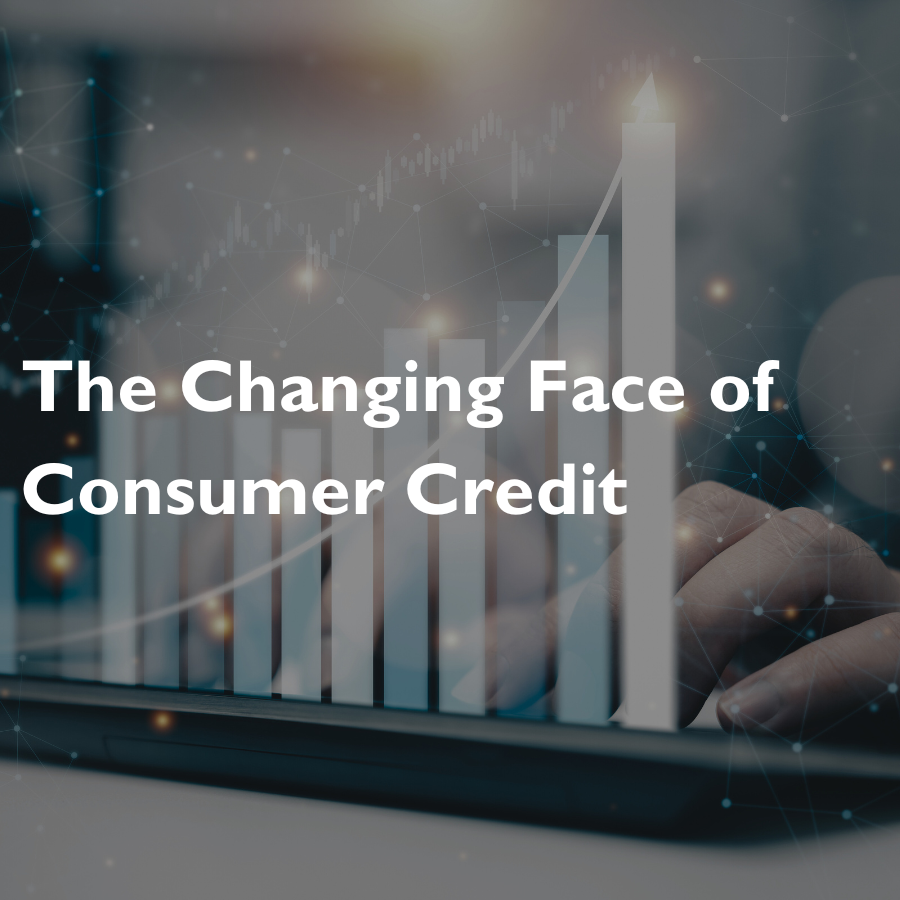
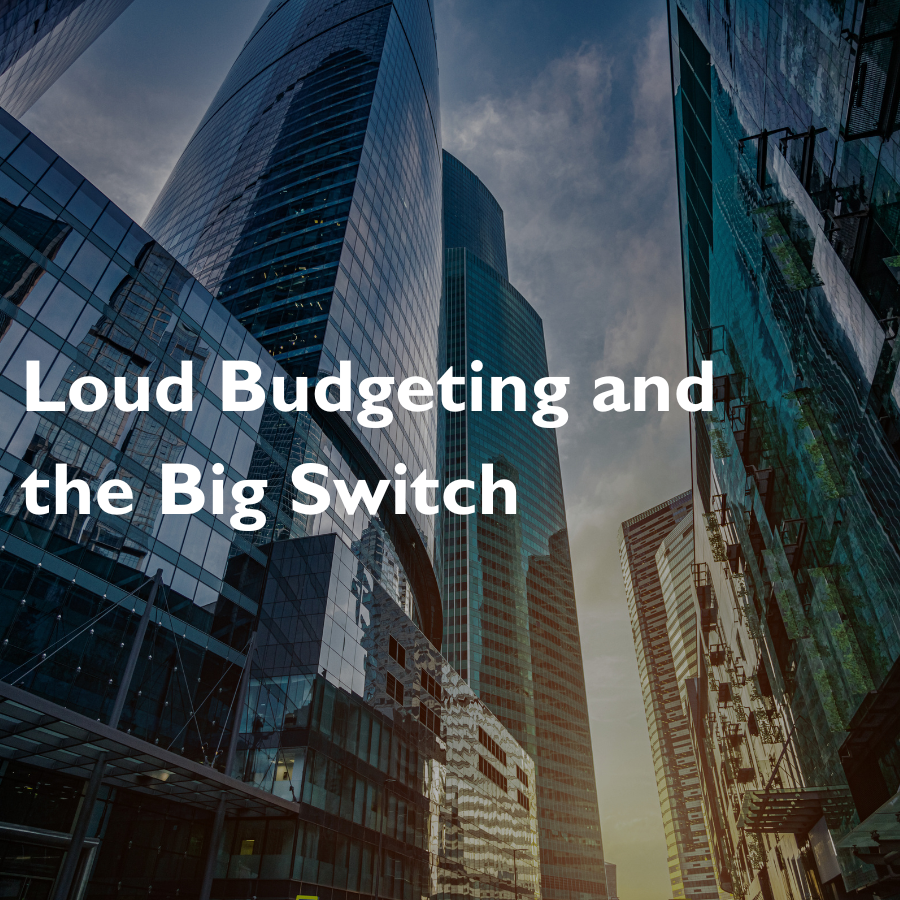

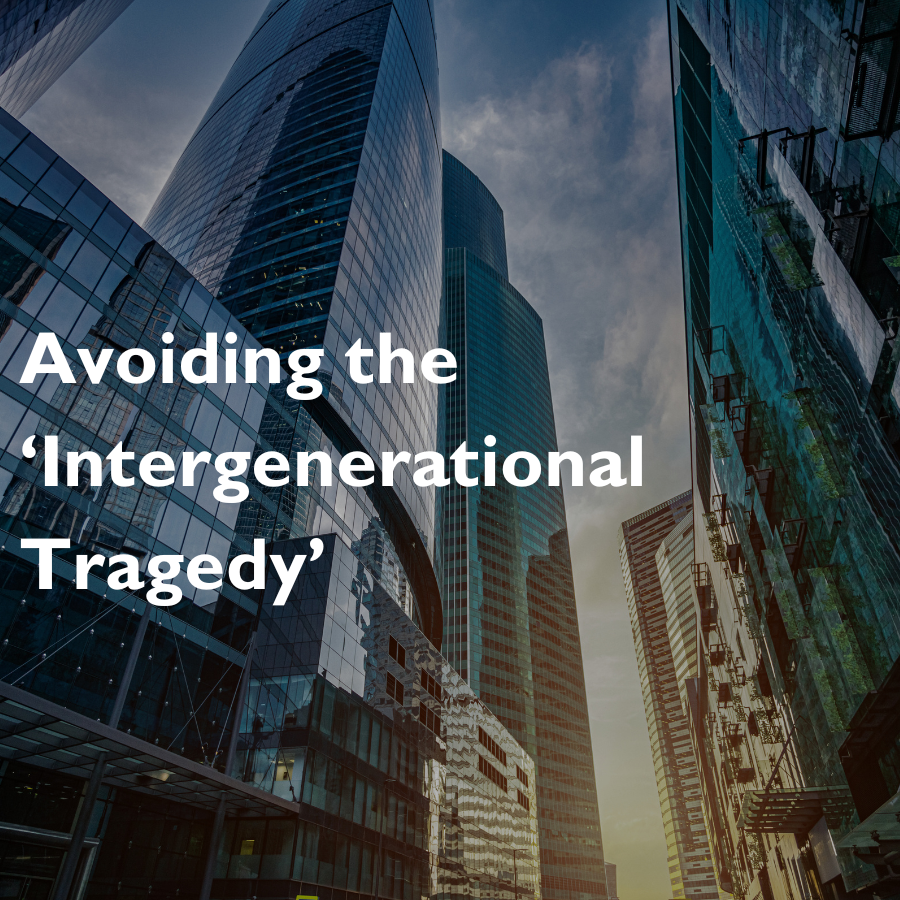

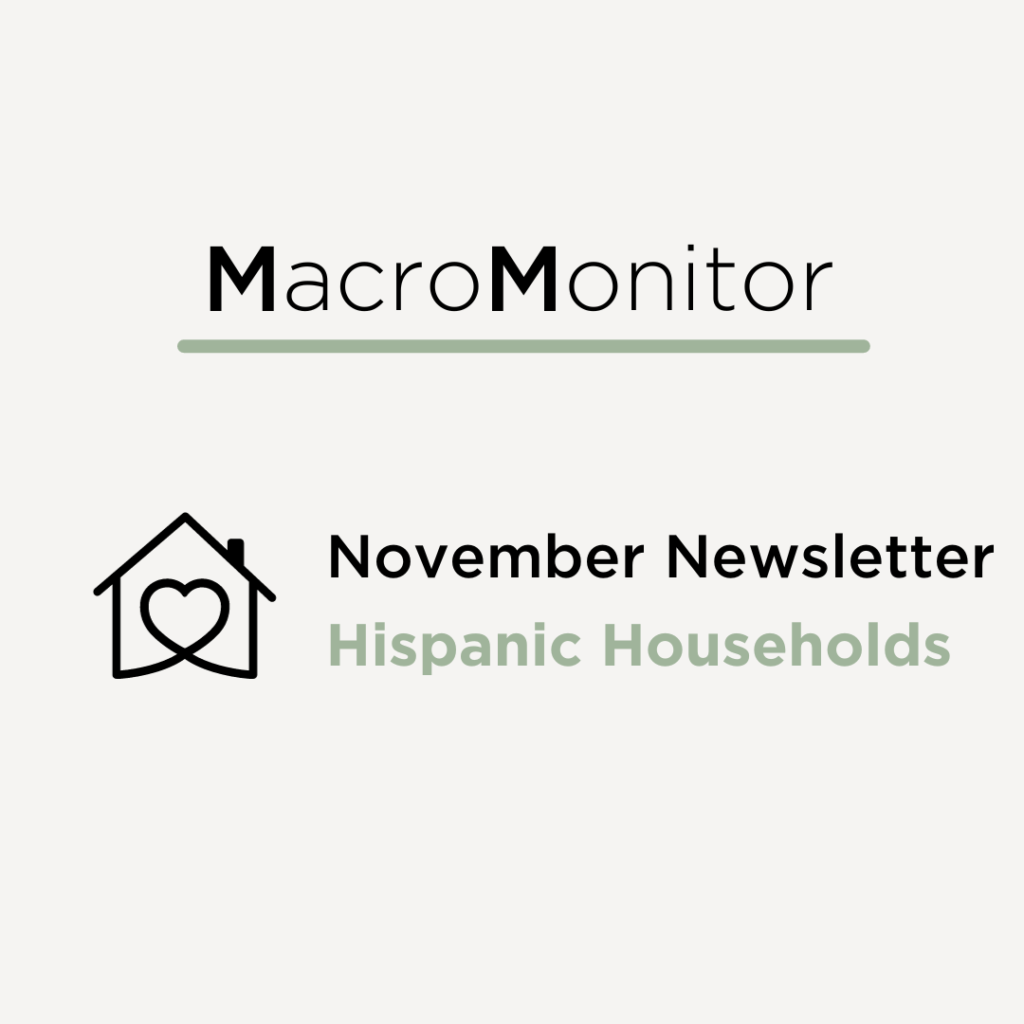
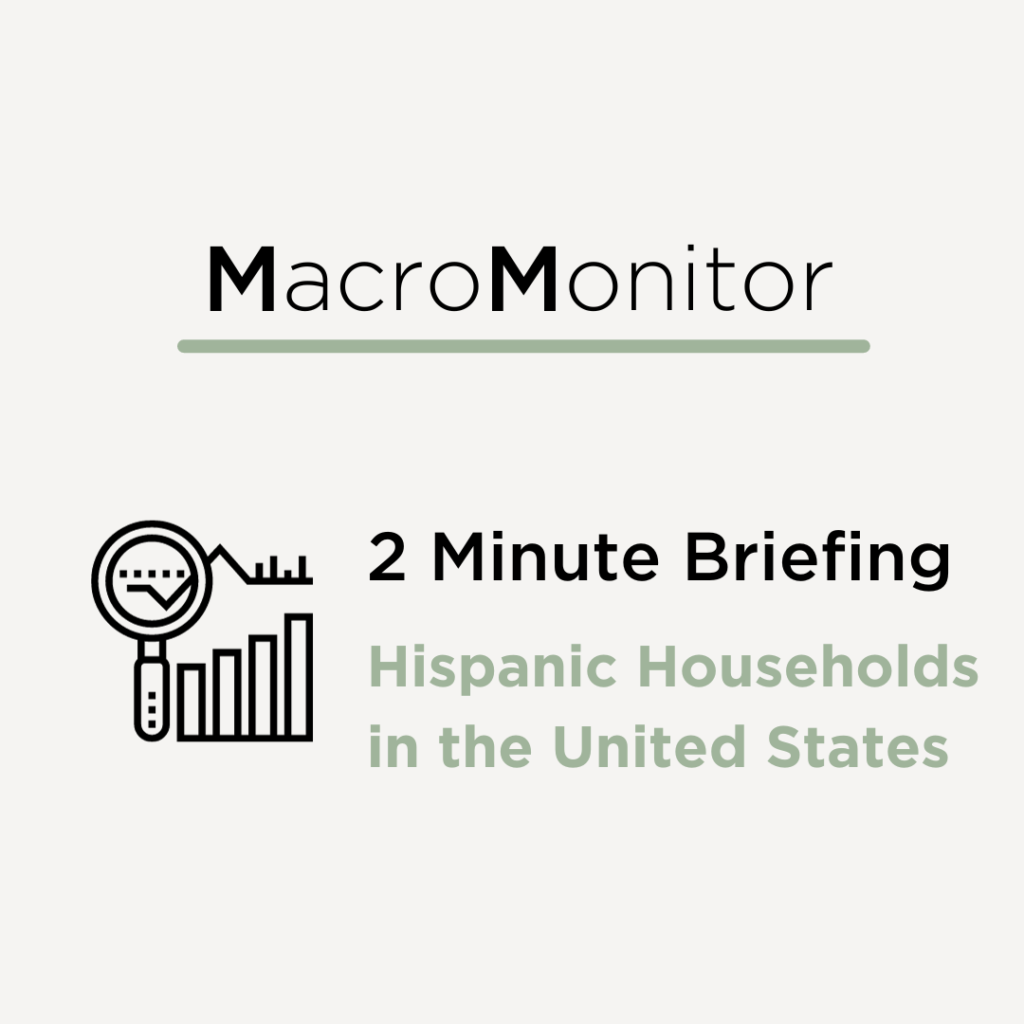
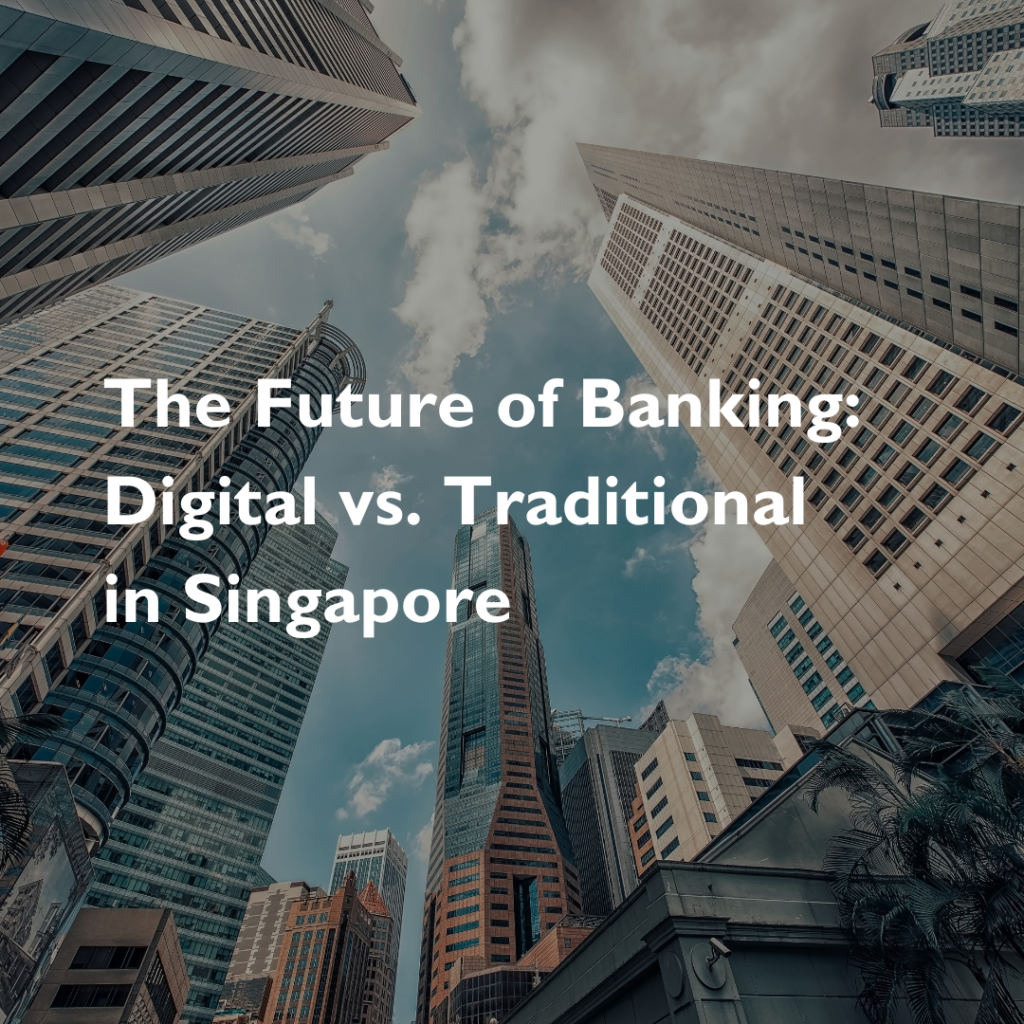




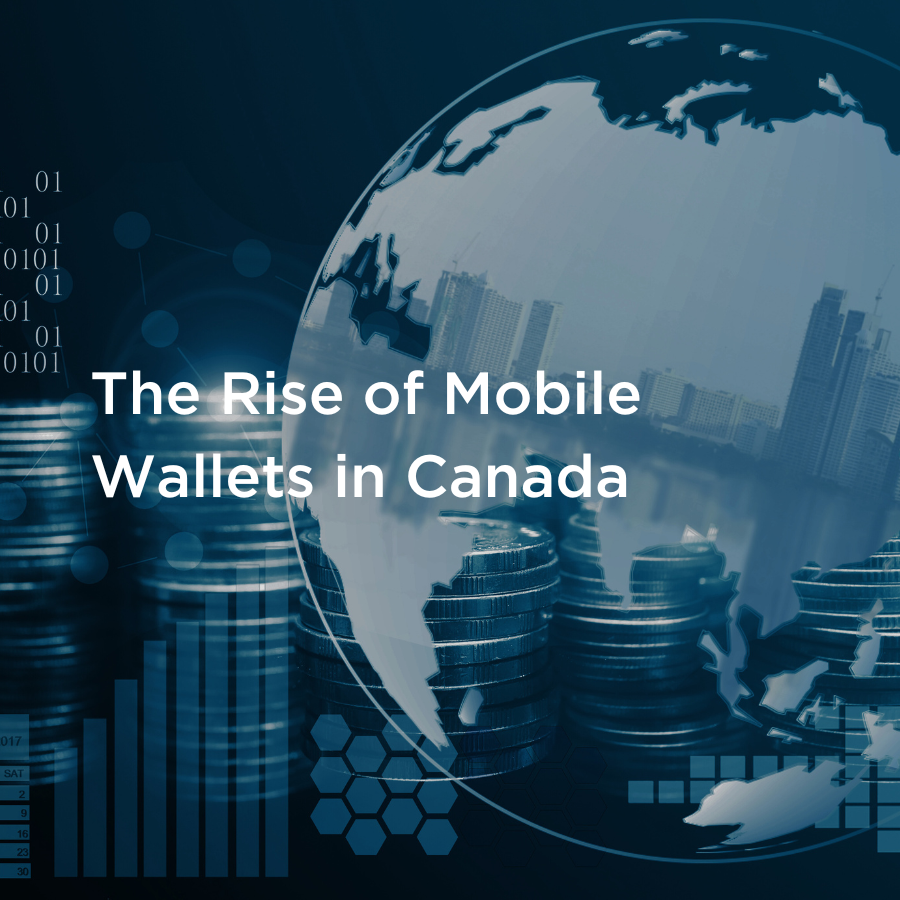



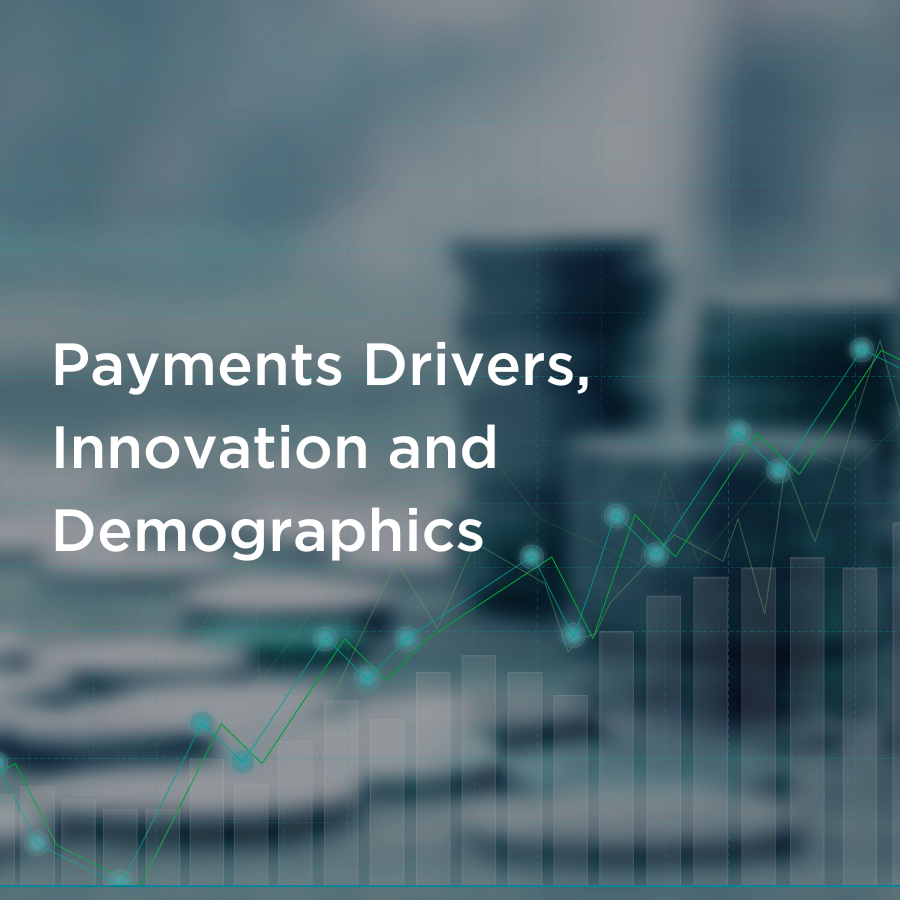
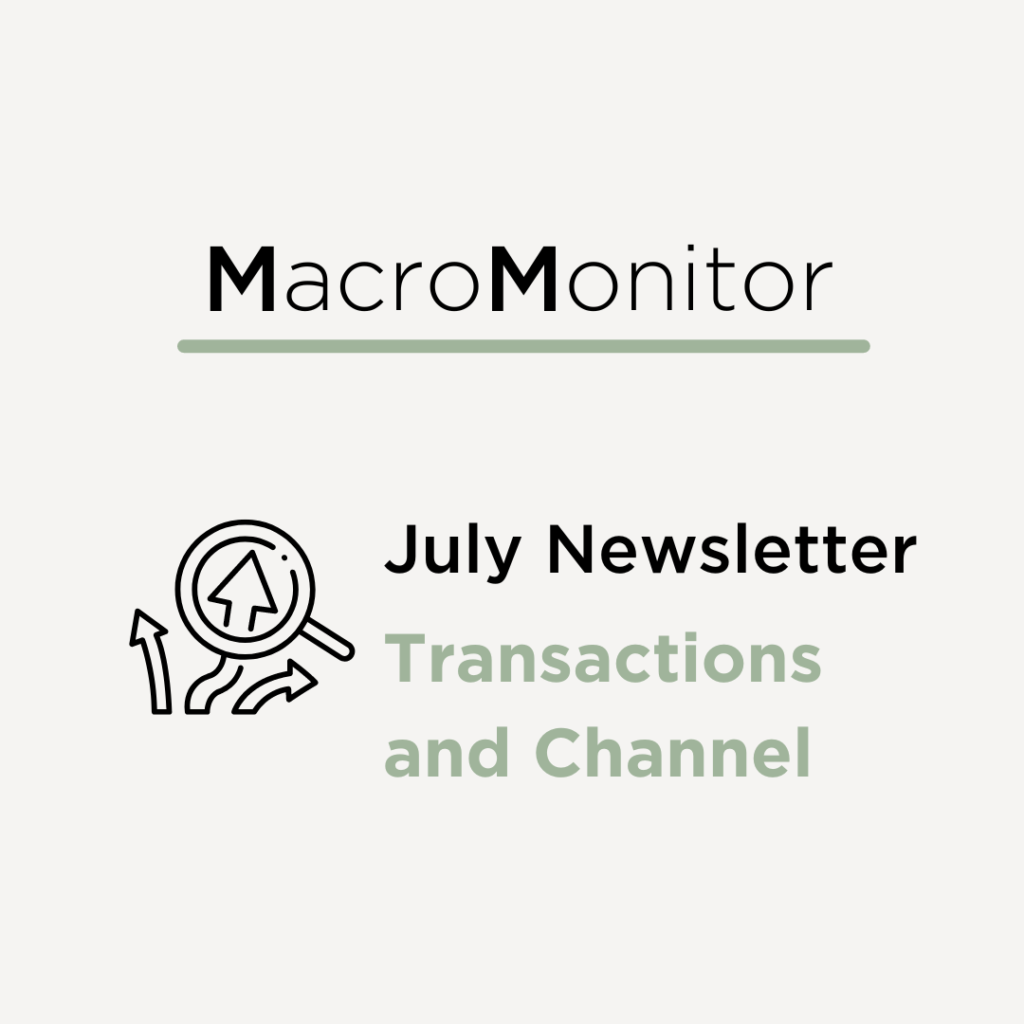


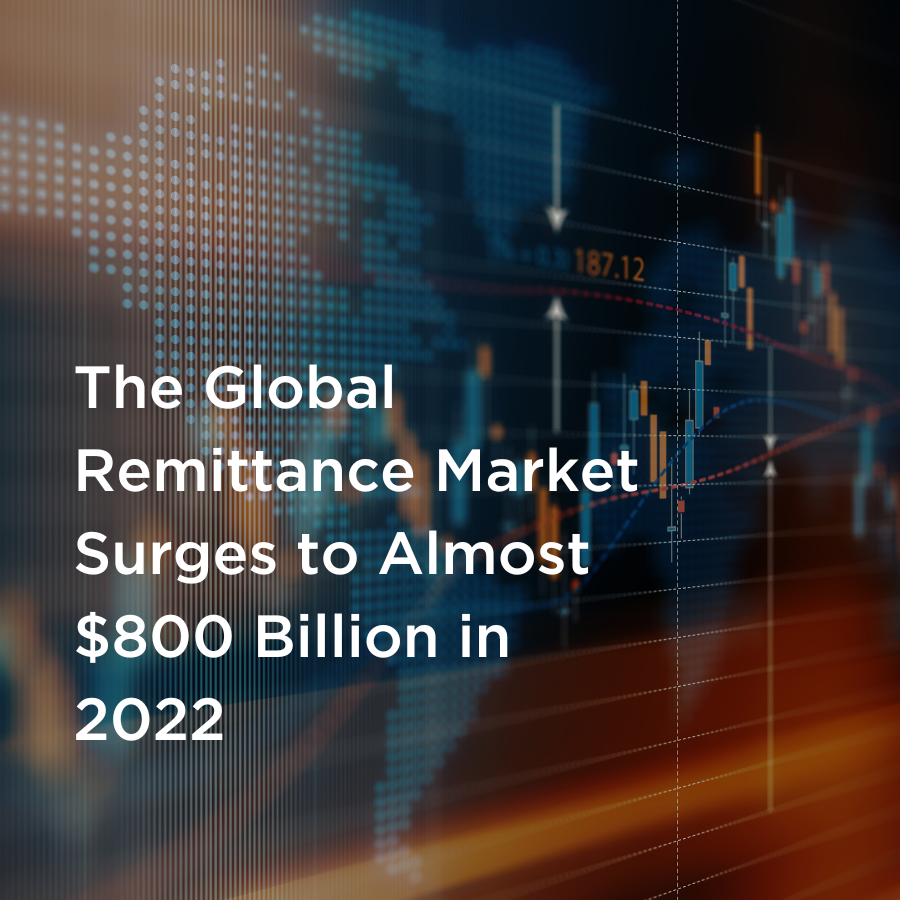

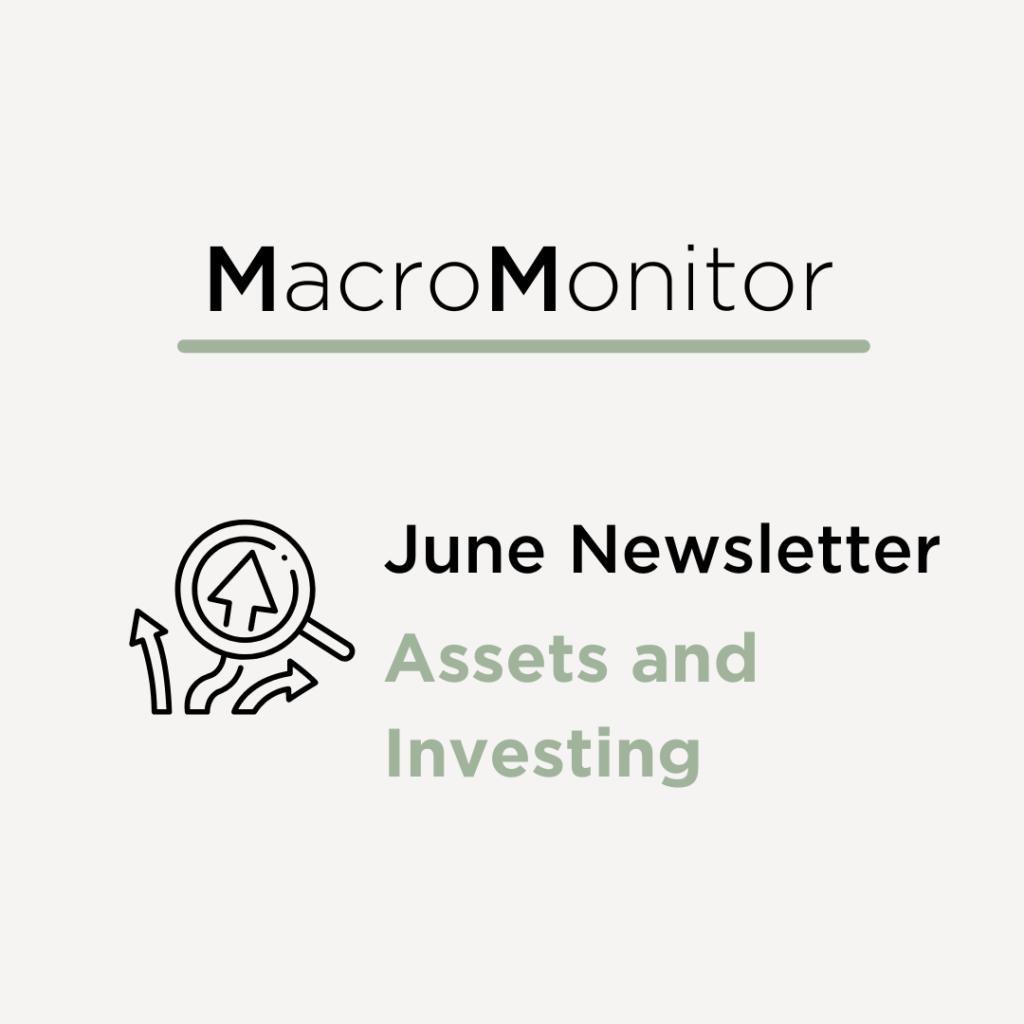


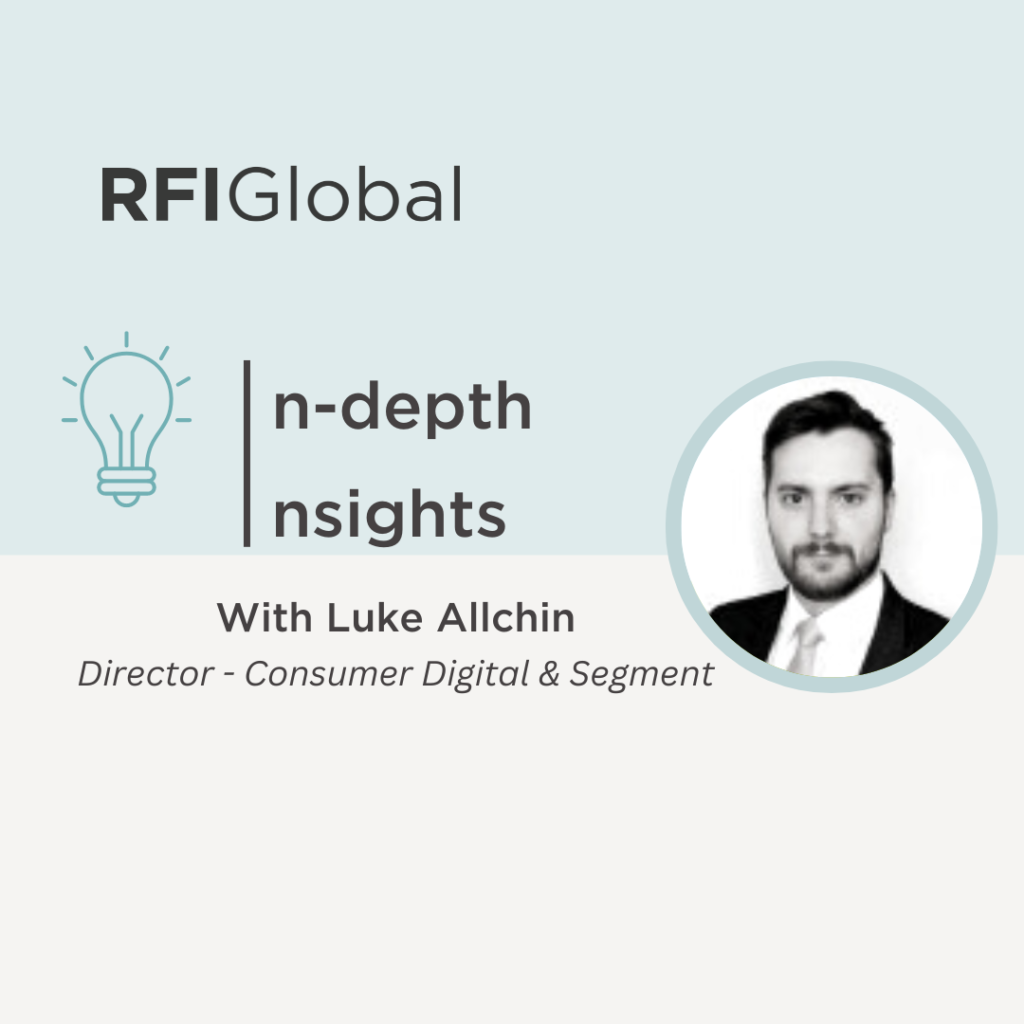
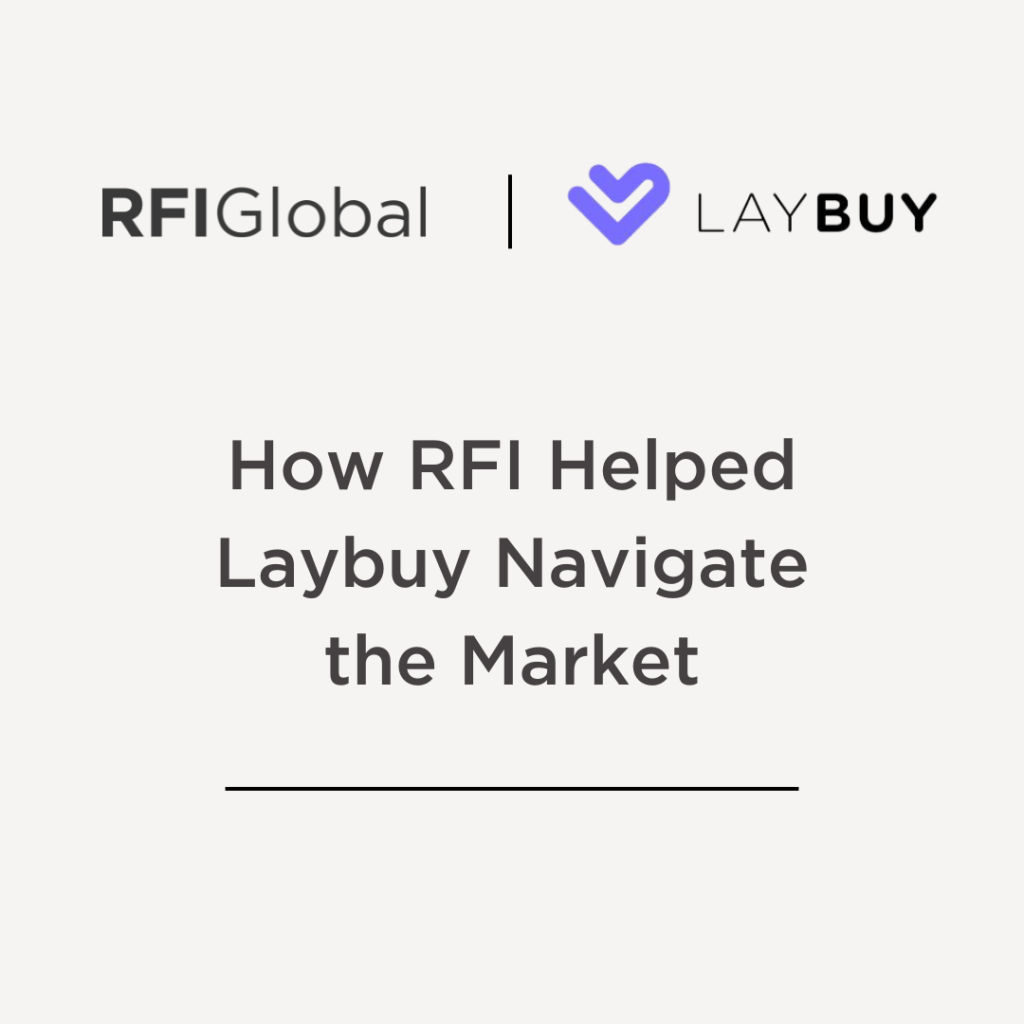
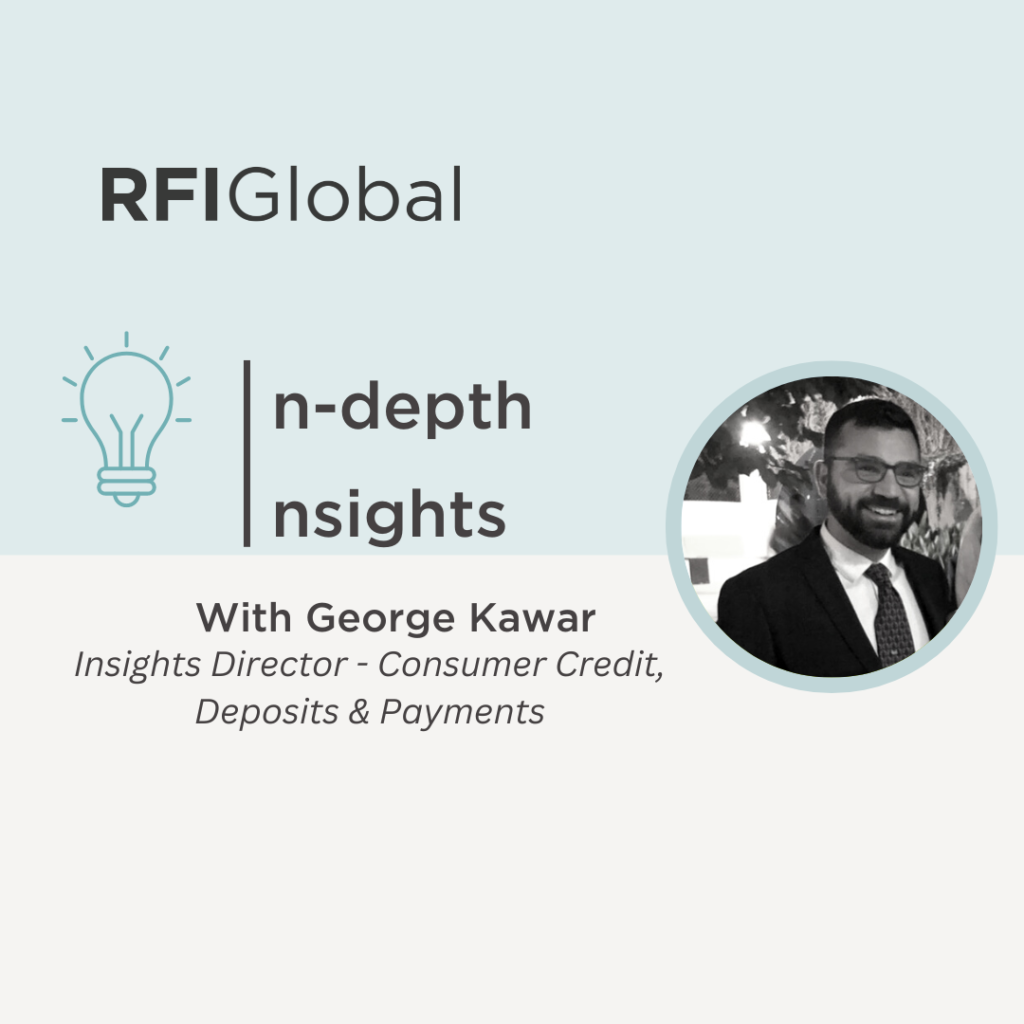
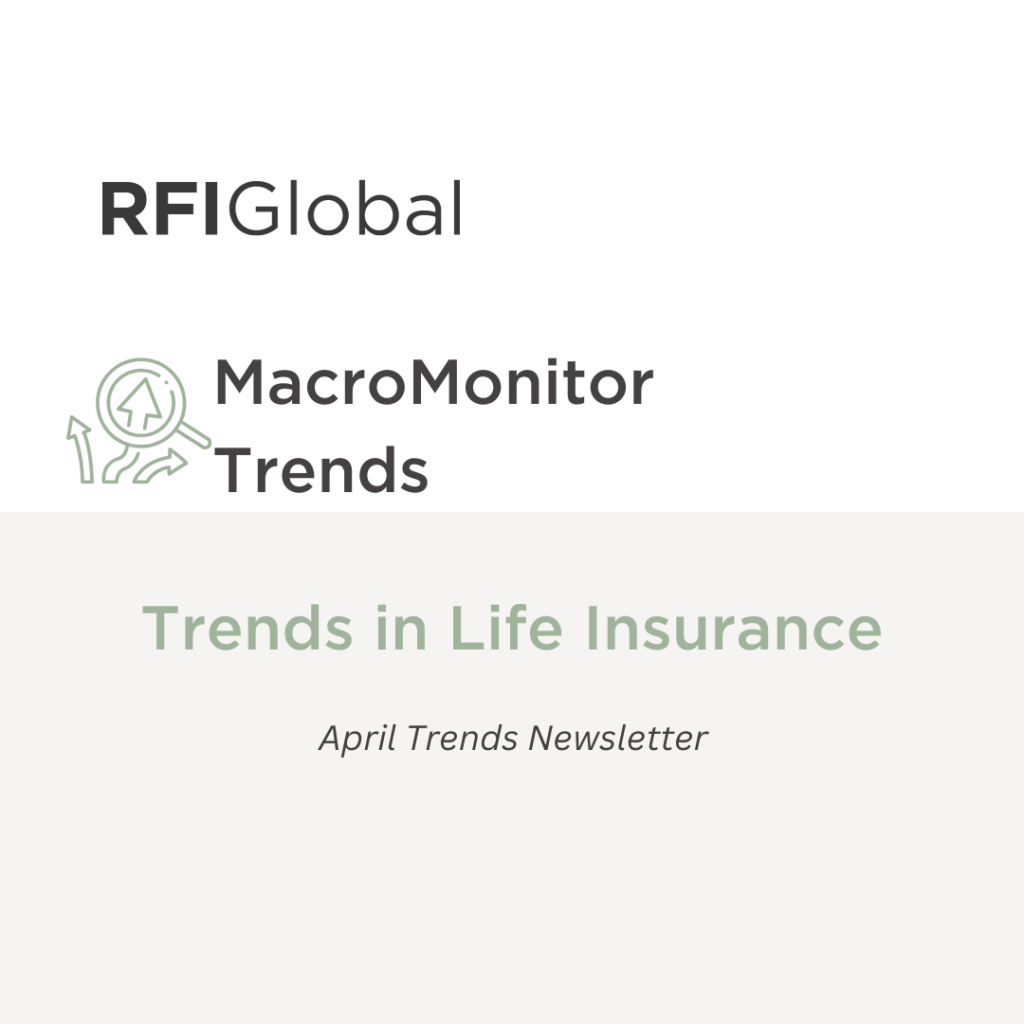

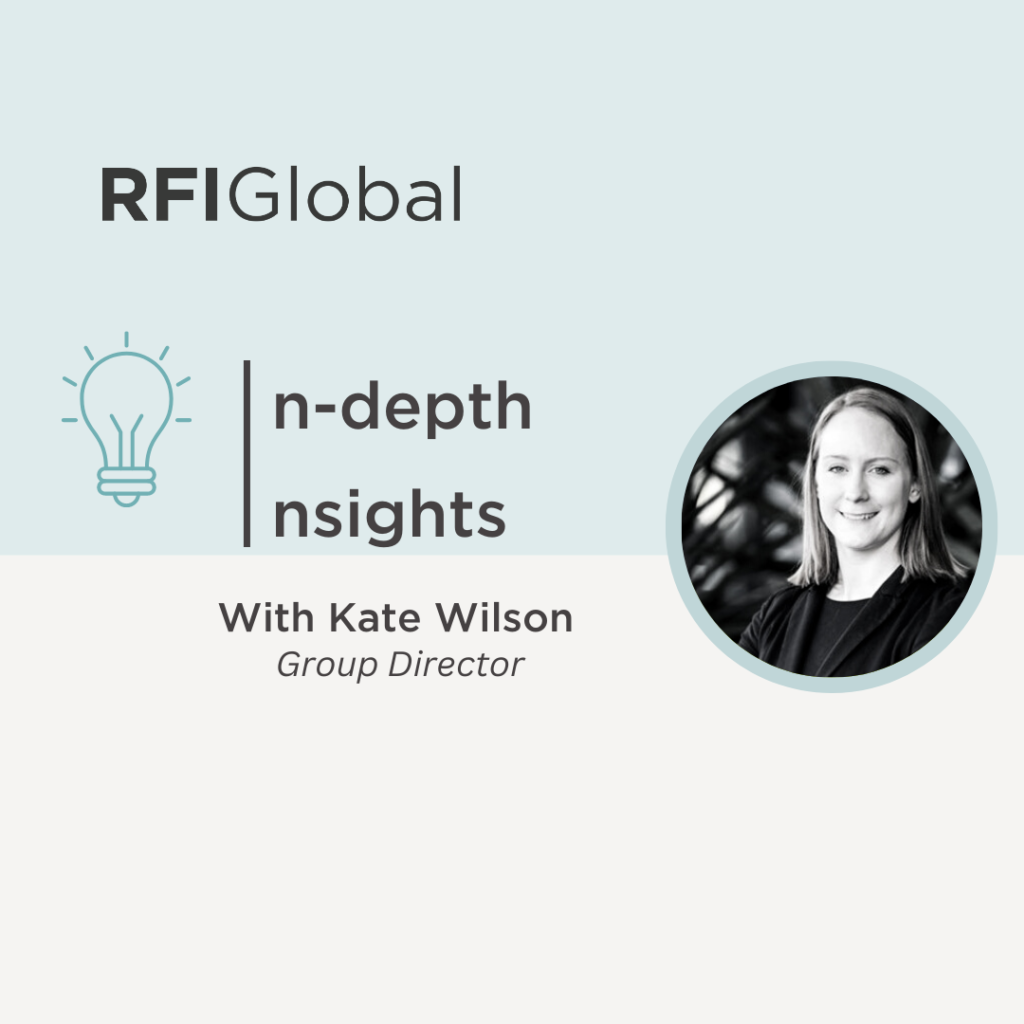

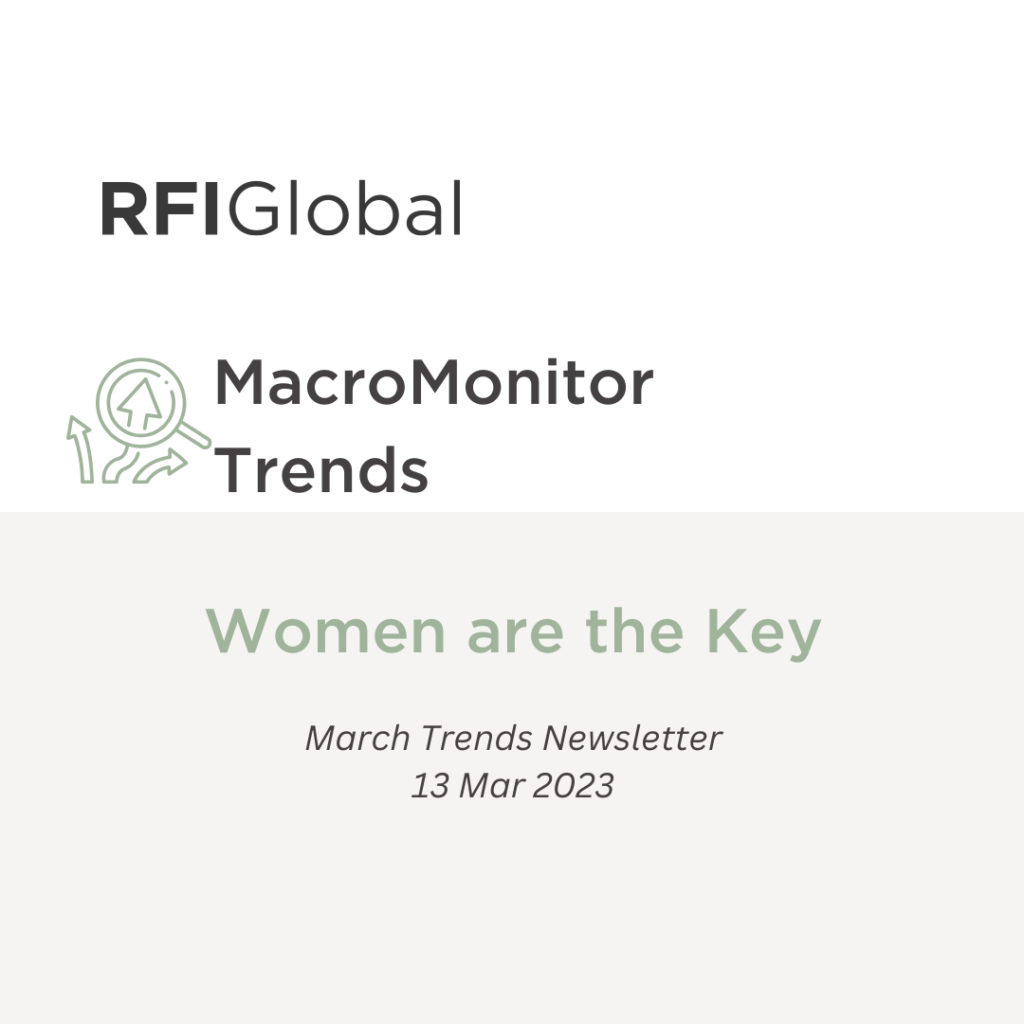

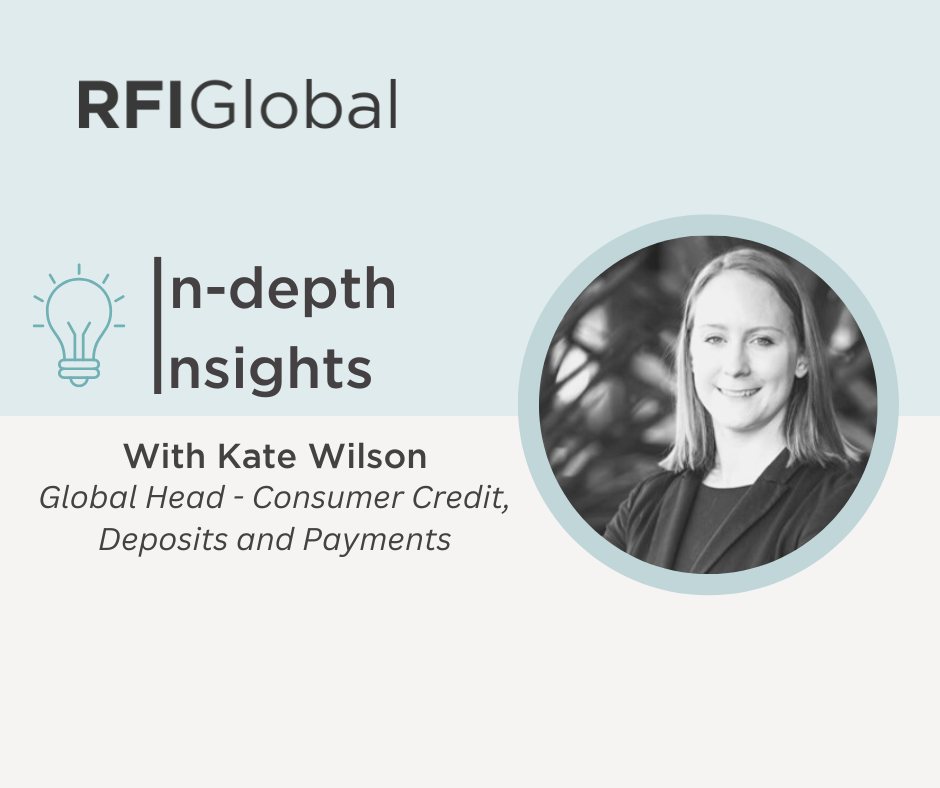
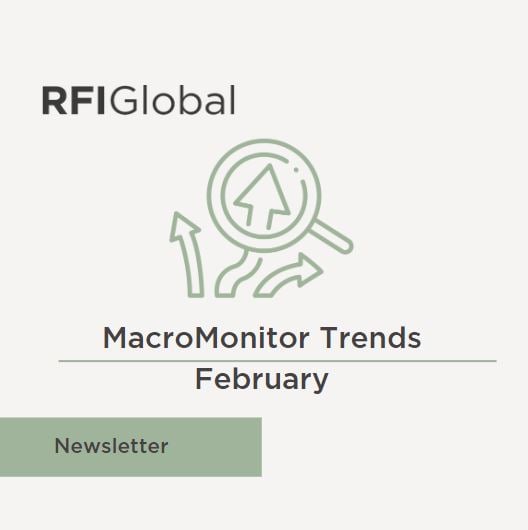


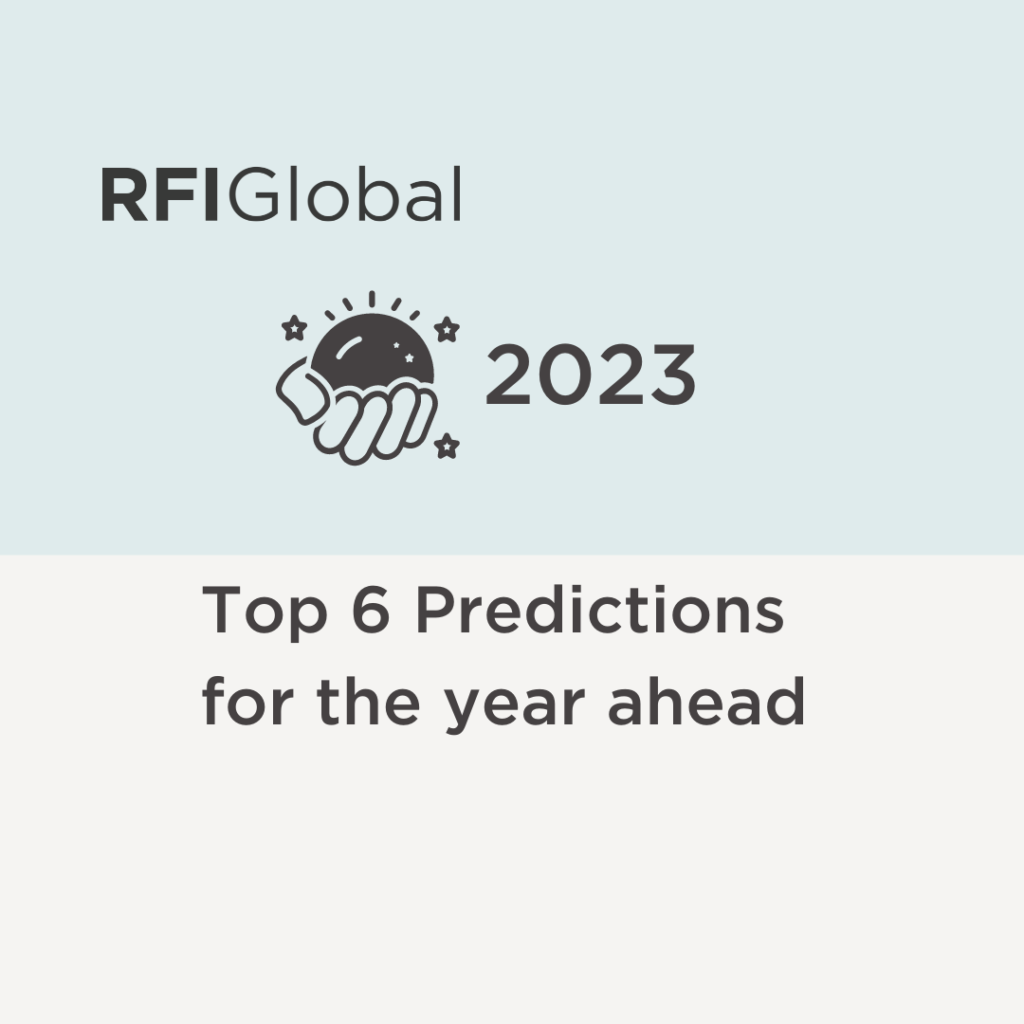
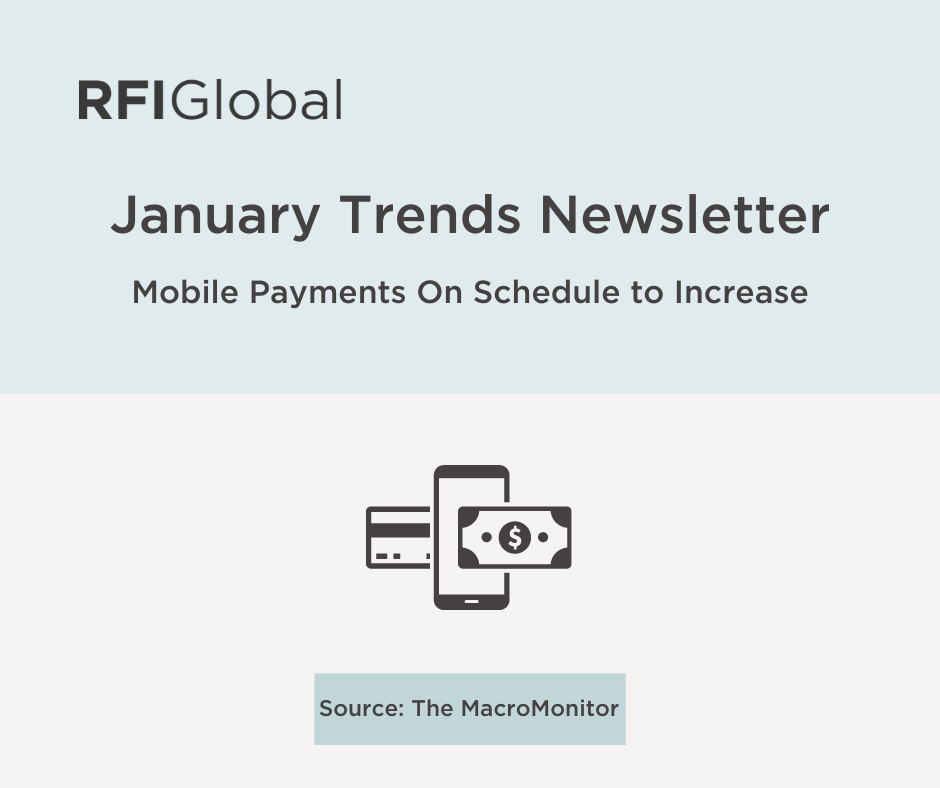
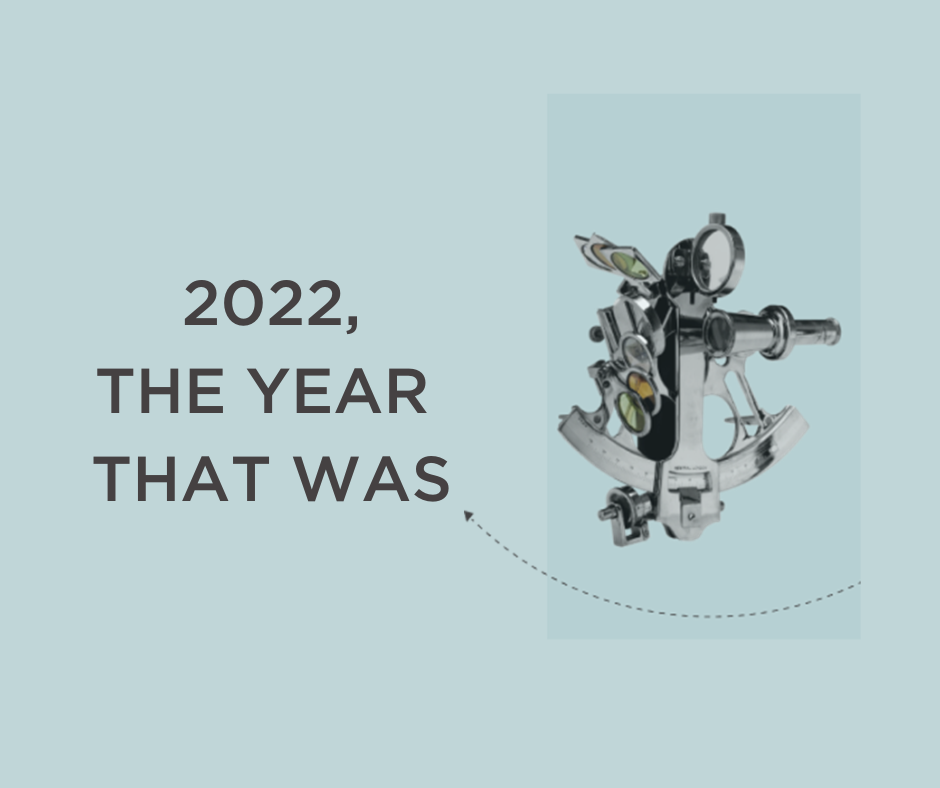














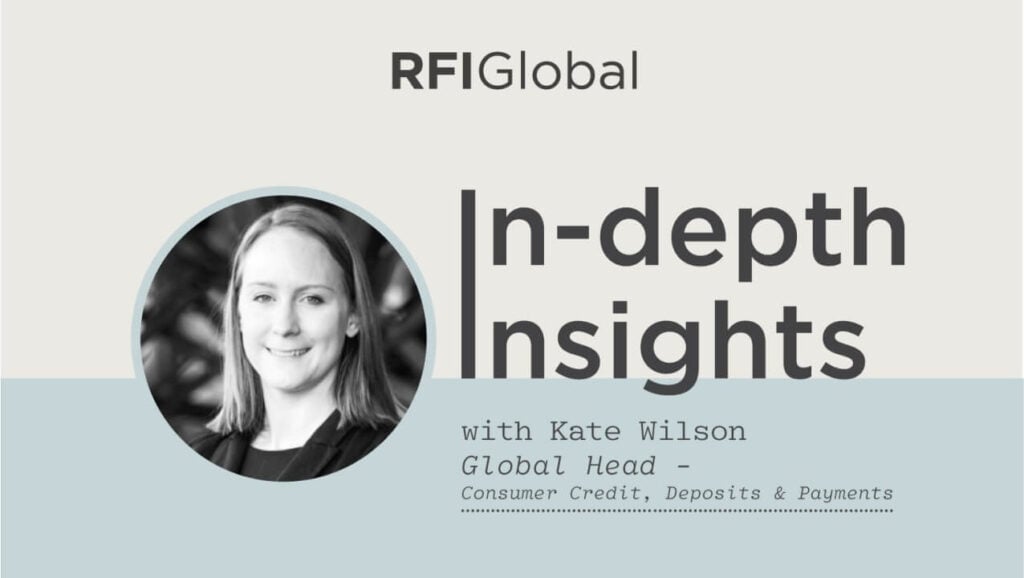










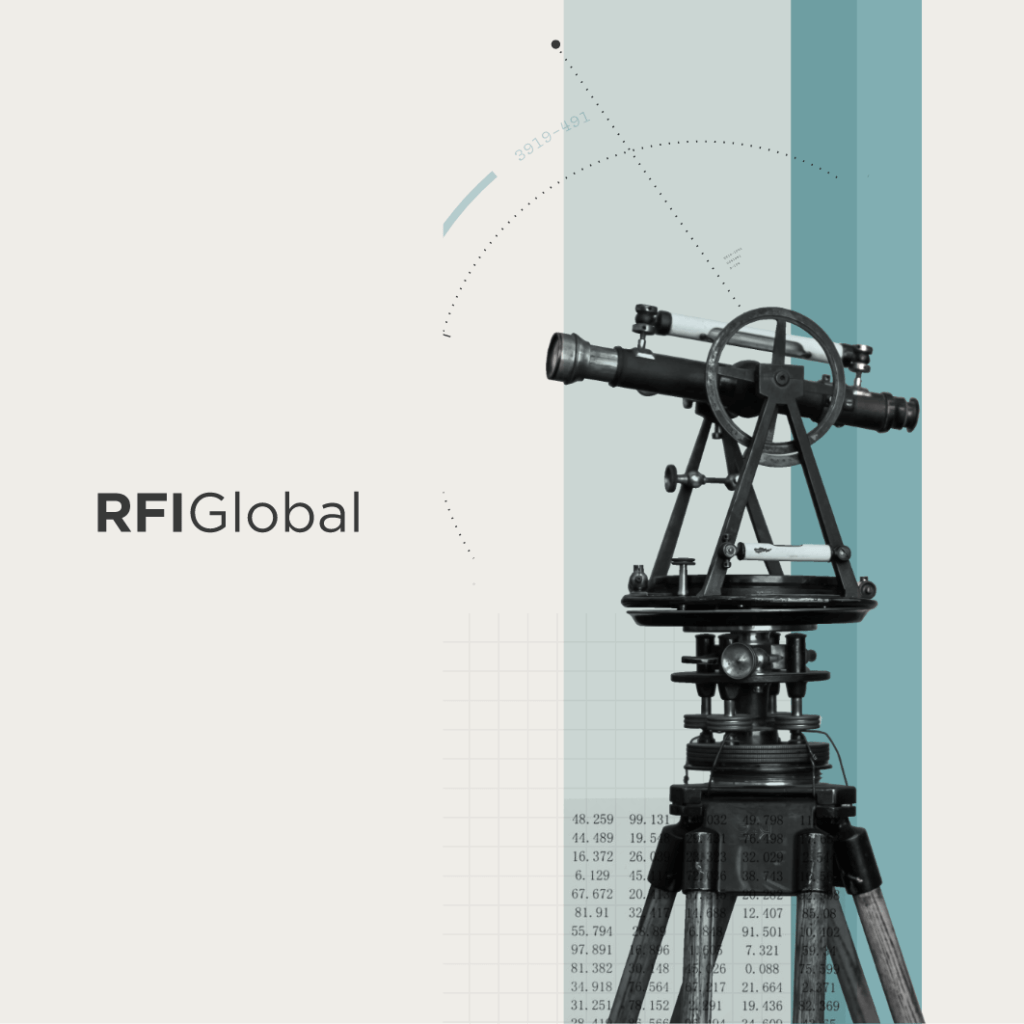


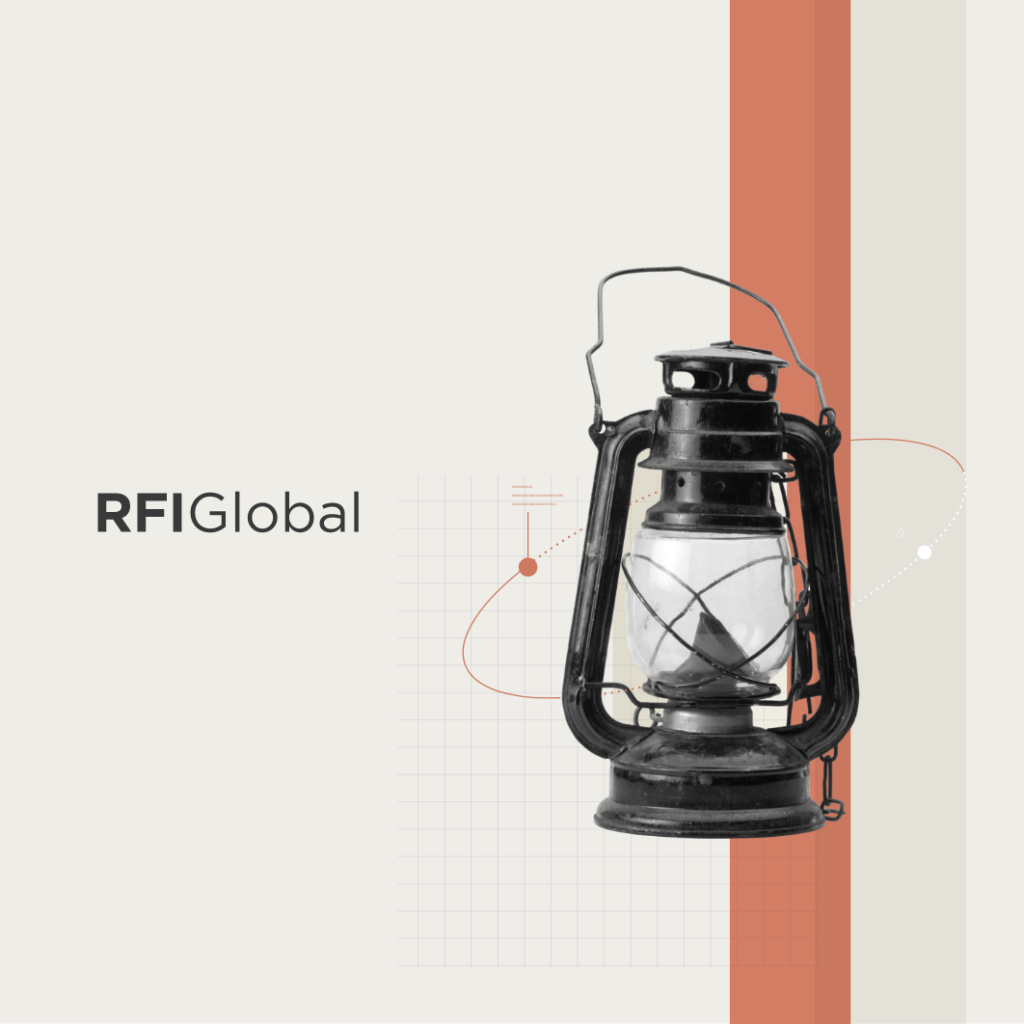
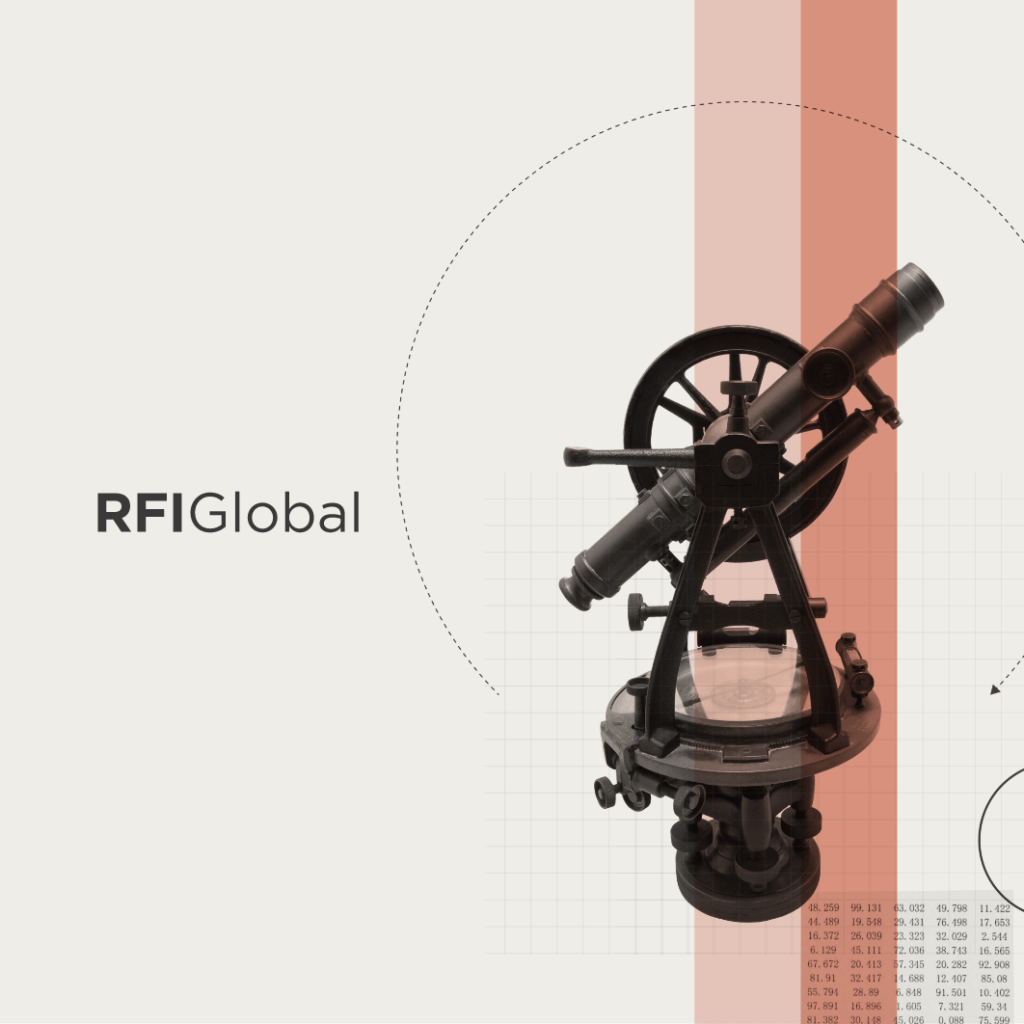
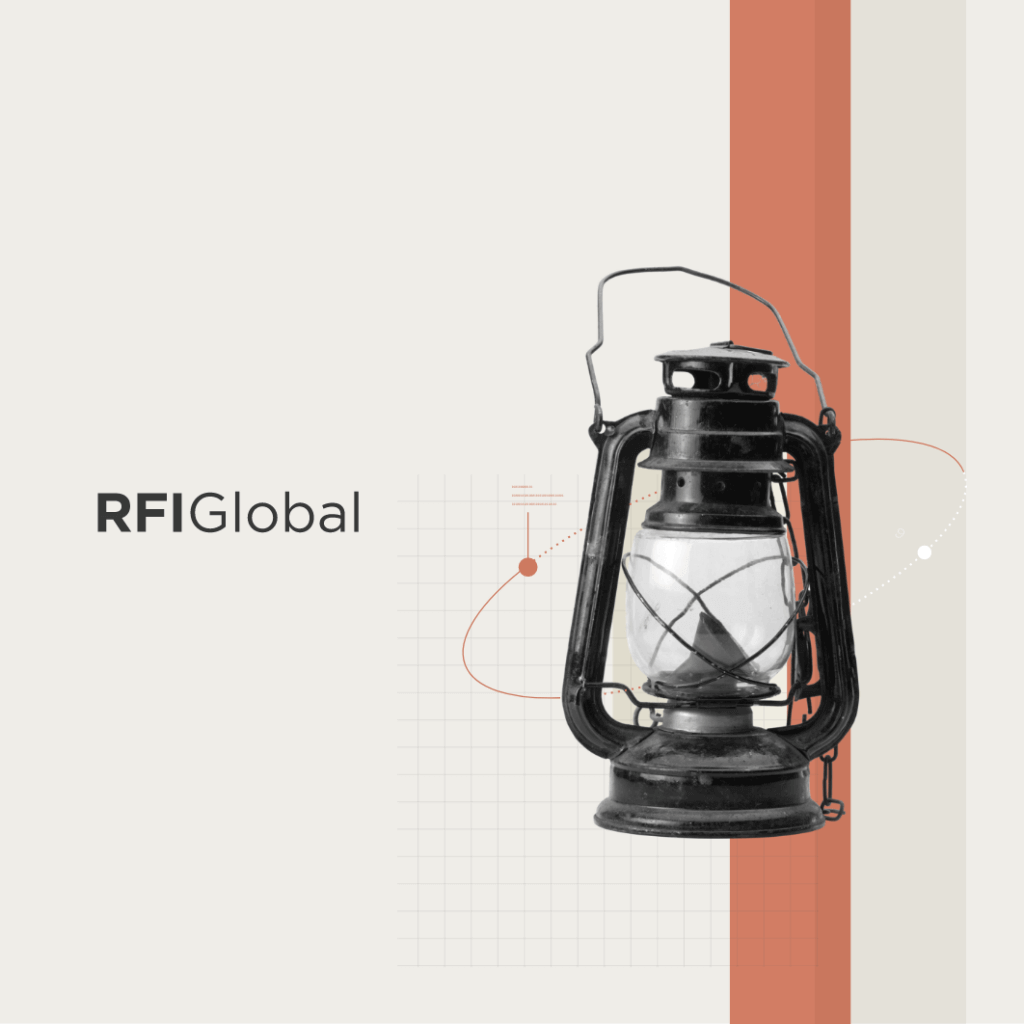
/NQA-ISO-27001-Logo-UKAS.jpg)